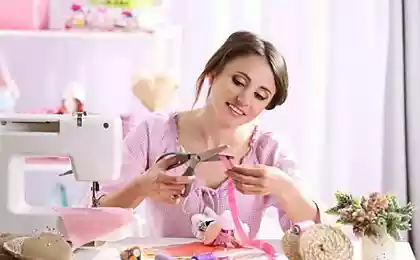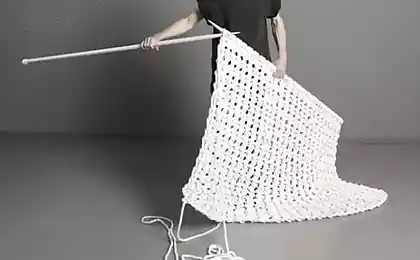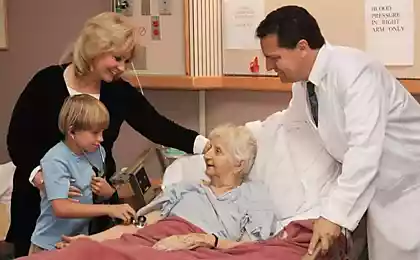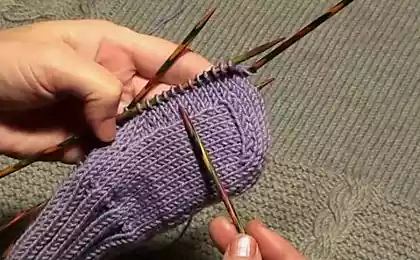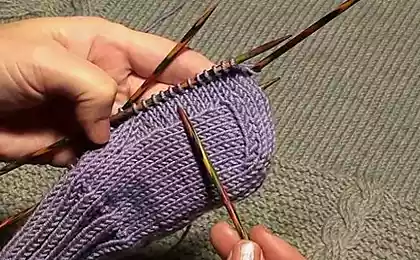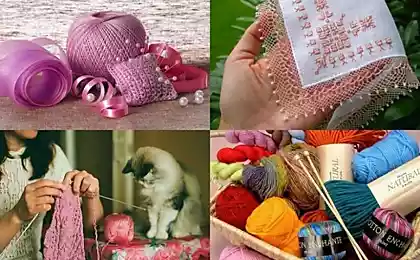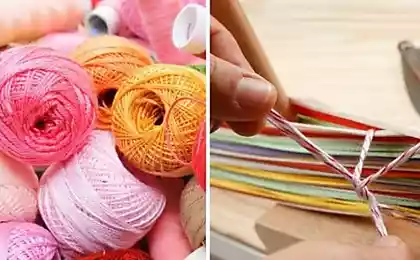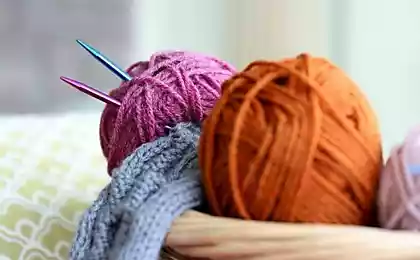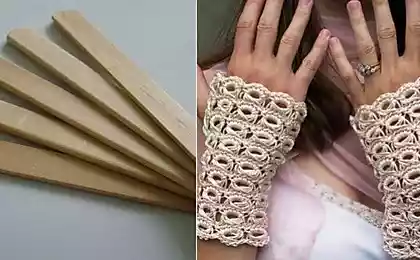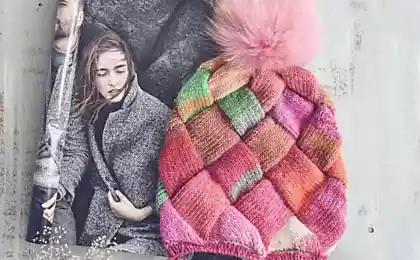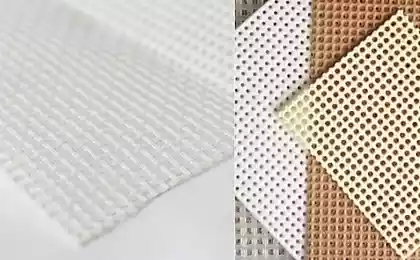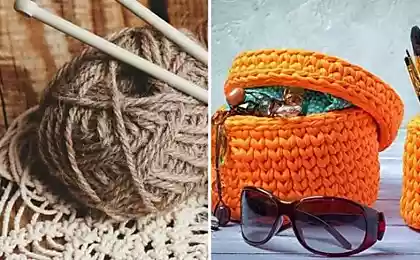151
What to connect from a lump of intricate threads that smell of old age
What would you do if you found a mountain of dead strings of unknown origin in your closet? You gonna throw it in the trash? Or will you try to save the yarn? Director Elizabeth, about the feat of which we want to talk today, chose the second option. Look at what a miracle came out of it!
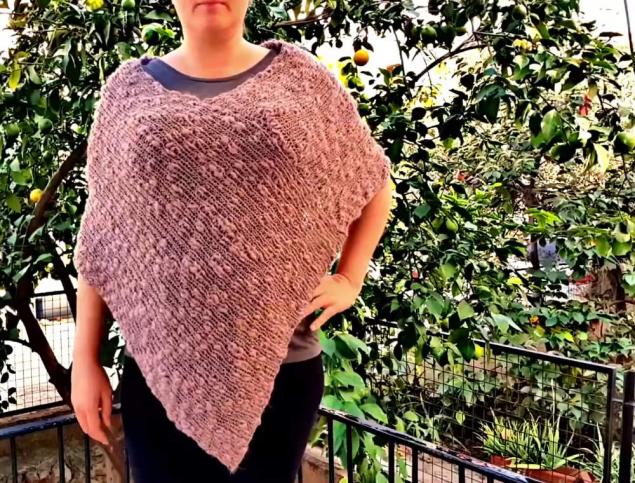
Thinking about what to turn a roll of good yarn, Elizabeth decided to opt for a simple, but very cute cape in the style of boho.
It is a pity that we came across this beautiful product after we created a selection of perfect knitted things for a woman after 40. After all, this product is definitely worth it!
Without further ado, we share the instructions for creating this beauty. And for the most inquisitive and attentive to detail readers at the end of the article leave a video from the master.
How to tie a cape
That's all, a wonderful openwork boho cape is ready! More detailed recommendations you can get directly from the needlewoman. For example, various nuances regarding the yarn used for mating. We leave her video lesson on making this thing here.
https://www.youtube.com/watch? v=G_RxxVmQsYk
And we say goodbye and go in search of new inspirational ideas. Have a good day and see you soon!

Thinking about what to turn a roll of good yarn, Elizabeth decided to opt for a simple, but very cute cape in the style of boho.
It is a pity that we came across this beautiful product after we created a selection of perfect knitted things for a woman after 40. After all, this product is definitely worth it!
Without further ado, we share the instructions for creating this beauty. And for the most inquisitive and attentive to detail readers at the end of the article leave a video from the master.
How to tie a cape
- First of all, we put together a few small samples. So we can determine which spokes are more suitable for knitting the future product. And we can also do a little experiment on them. What for? And in order to find out how the yarn will behave depending on the impact of various factors. For example, when washing or ironing.
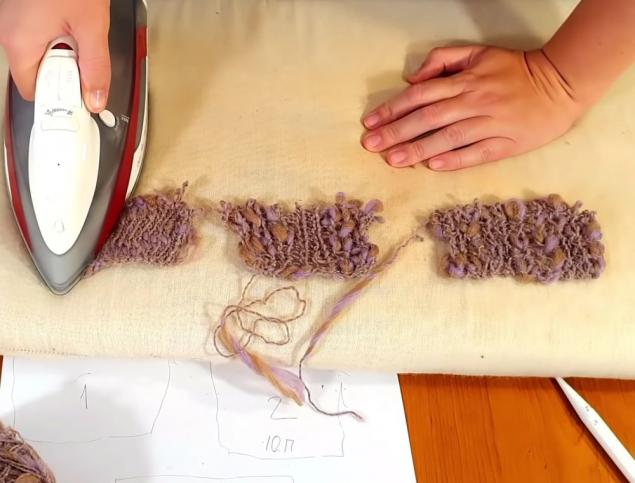
- Having chosen the most suitable sample, calculate the approximate number of loops that we will need to dial to tie the cape on it. We calculate the number of loops, taking into account how wide we want to get the product.
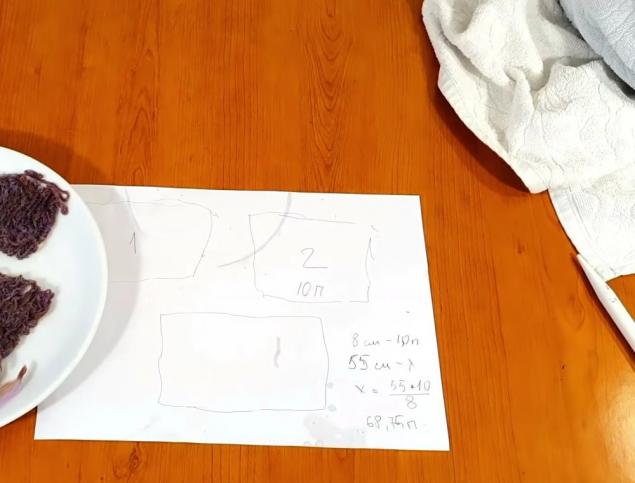
- Next, dial the required number of loops (in this example there are 70). After that, we take out one spoke, remove the first loop and begin to knit the cape with a regular rubber band (1 loop of the front, 1 – the back).

- Having connected the canvas of sufficient length, we lay it out on a terry towel, carefully level and steam with an iron. The length of the product is determined in accordance with pre-removed standards.
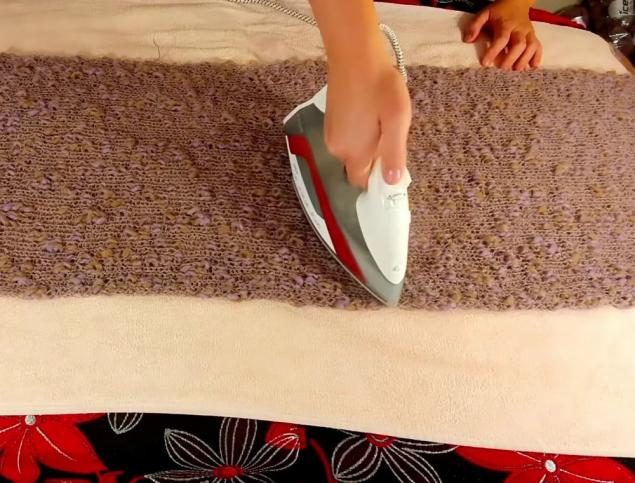
- Then, with the help of a needle and a thin thread (preferably the same color as the yarn), we close the edges, making secret stitches through the knot so as not to disturb the lightness of the openwork pattern.

- At the end, using a large needle, we connect the edges, fastening the loops of both sides of the canvas to each other.

That's all, a wonderful openwork boho cape is ready! More detailed recommendations you can get directly from the needlewoman. For example, various nuances regarding the yarn used for mating. We leave her video lesson on making this thing here.
https://www.youtube.com/watch? v=G_RxxVmQsYk
And we say goodbye and go in search of new inspirational ideas. Have a good day and see you soon!
The inventor has dawned on how to illuminate the village with plastic bottles without electricity
The stylist gave out drawings on fabric that weigh the already heavy beauty






